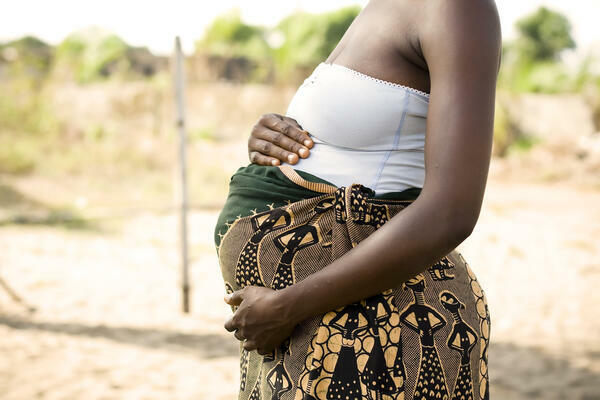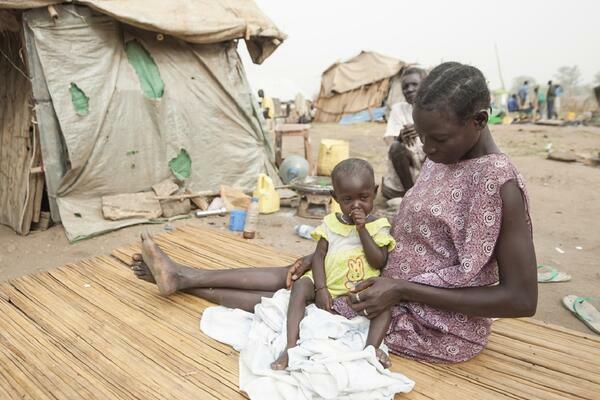
MiMBa Pregnancy Exposure Registry - Methodology
Project aims and objectives
Primary objective:
To compare the incidence of spontaneous pregnancy loss (miscarriage or stillbirth) and major congenital anomalies between pregnancies exposed in the first trimester to quinine, and pregnancies exposed to specific artemisinin-combination therapies (ACTs, e.g., dihydroartemisinin-piperaquine, pyronaridine-artesunate, amodiaquine-artesunate ) in the first trimester.
Secondary objectives:
- To determine and compare the incidence of spontaneous pregnancy loss between pregnancies treated in the second or third trimester with different ACTs.
- To describe pregnancy outcomes of women with severe malaria treated with different regimens (e.g., parenteral artesunate, parenteral artemether and parenteral quinine).
- To compare the occurrence of maternal and infant outcomes (morbidity and mortality) across different antimalarial exposure groups.
- To determine the prevalence of congenital anomalies in the study population.
Exploratory objectives:
i) To assess the risk of adverse pregnancy outcomes associated with chronic conditions such as HIV, TB, epilepsy or diabetes and their respective treatments.
ii) To assess the risk of adverse pregnancy outcomes in pregnant women with acute conditions during the index pregnancy such as COVID-19, other acute respiratory illnesses, and their respective treatments.
iii) To describe infant development across different antimalarial exposure groups including audio and visual acuity.
iv) To describe the prevalence of congenital heart defects across different antimalarial exposure groups.
Methodology and planned work
This is an observational study collecting data on drugs provided through routine health care services. To capture safety data, several sentinel sites have been set up in malaria-endemic countries to follow women from the moment the pregnancy is identified and capture pregnancy outcomes (i.e. miscarriage, stillbirth, live birth). The sites are providing pregnancy tests to enable early pregnancy detection and referral to antenatal care to capture early miscarriages.

What data is being collected?
Exposure data are collected on any acute illnesses occurring during pregnancy, such as malaria and COVID-19, and chronic conditions, such as HIV, TB, epilepsy or diabetes, and details of any treatment given (including antimalarials). Drug exposure data in early pregnancy, i.e., before the pregnancy is known, is captured through record linkage with treatment records from outpatient departments, community health workers, and other treatment records. Data on drug exposure and diagnosis captured in study health facilities are being collected using a combination of scannable health facility registers (covering antenatal clinics, adult outpatient and inpatient departments and maternity units) and bespoke study forms to capture additional data on medicines obtained outside study health facilities. A unique ID system has been developed to link data from various health facility service registers (OPD, IPD, ANC etc.) to pregnancy outcome assessment.
Gestational age is assessed using multiple methods, including obstetric dating ultrasound scans (offered free for all study participants), reported last menstrual period, foot length, fundal height measurement and Ballard score assessment for the newborns at birth.
Primary outcomes of interest are adverse pregnancy outcomes, including miscarriage, stillbirth and major congenital anomalies. In addition, information on anthropometric measurements of the neonate (e.g., birth weight, length, head circumference at birth) and gestational age at birth are assessed, as well as maternal and neonatal mortality. A combination of health facility and home-based follow-up has been developed, and newborns are assessed at birth and again at 6-8 weeks around the time of their first vaccination. All newborns are screened for congenital anomalies, including congenital heart defects, through SPO2 monitoring, clinical assessment, and paediatric echo-cardiography where an abnormality is suspected. A sub-cohort of infants is followed up to one year of age to assess neurodevelopment and congenital anomalies not detected at birth. Clinicians have been trained to systematically examine newborns and record pregnancy outcomes. Any suspected case of congenital anomalies is recorded using the Global Birth Defect Detection and Coding App and are referred for further assessment by a specialist (e.g., paediatrician) who confirmsthe diagnosis and advise on how to manage any problems or complications further. The national referral system is used in cases requiring further intervention. We’ve established an international expert committee that reviews the diagnosis and adjudicates cases of major congenital anomalies blinded to in-utero exposure status.
Expected Outcomes
The expected outcome of this study is additional information to contribute to the growing evidence about the safety profile of a range of antimalarials including the newer ACTs, with a focus on the first trimester, to inform ongoing review of malaria treatment guidelines for all trimesters of pregnancy. The findings will be shared with WHO, relevant local and national health and regulatory authorities, and disseminated in scientific meetings and in peer-reviewed journals. Data generated will be pooled with data from similar pregnancy registries in other malaria endemic countries and will be shared with the WHO/TDR Central registry for epidemiological surveillance of drug safety in pregnancy and other relevant pregnancy exposure registries.
For more information about the project contact Clio Whitby, Programme Coordinator for the MiMBa Pregnancy Registry at Liverpool School of Tropical Medicine. clio.whitby@lstmed.ac.uk
